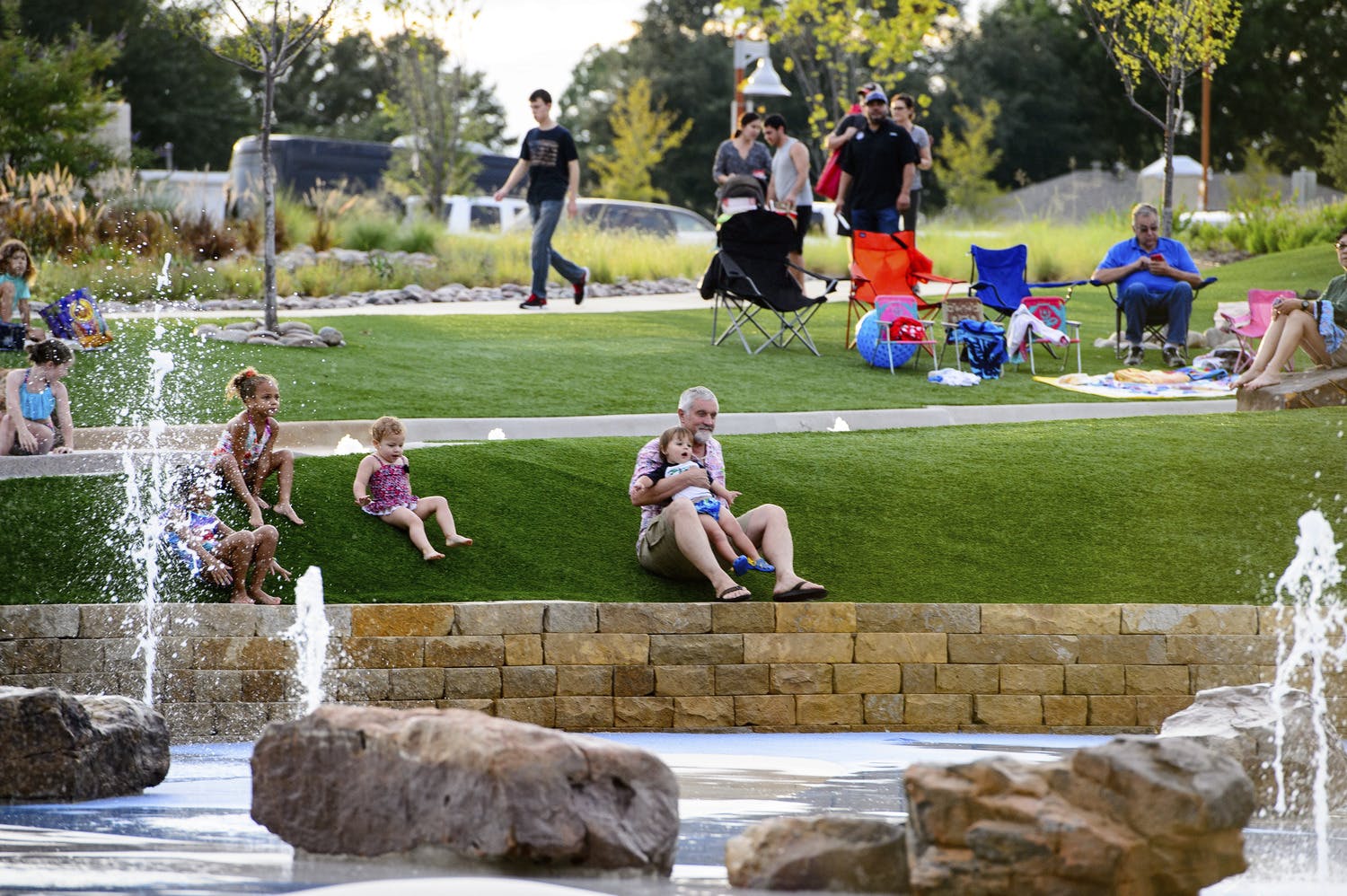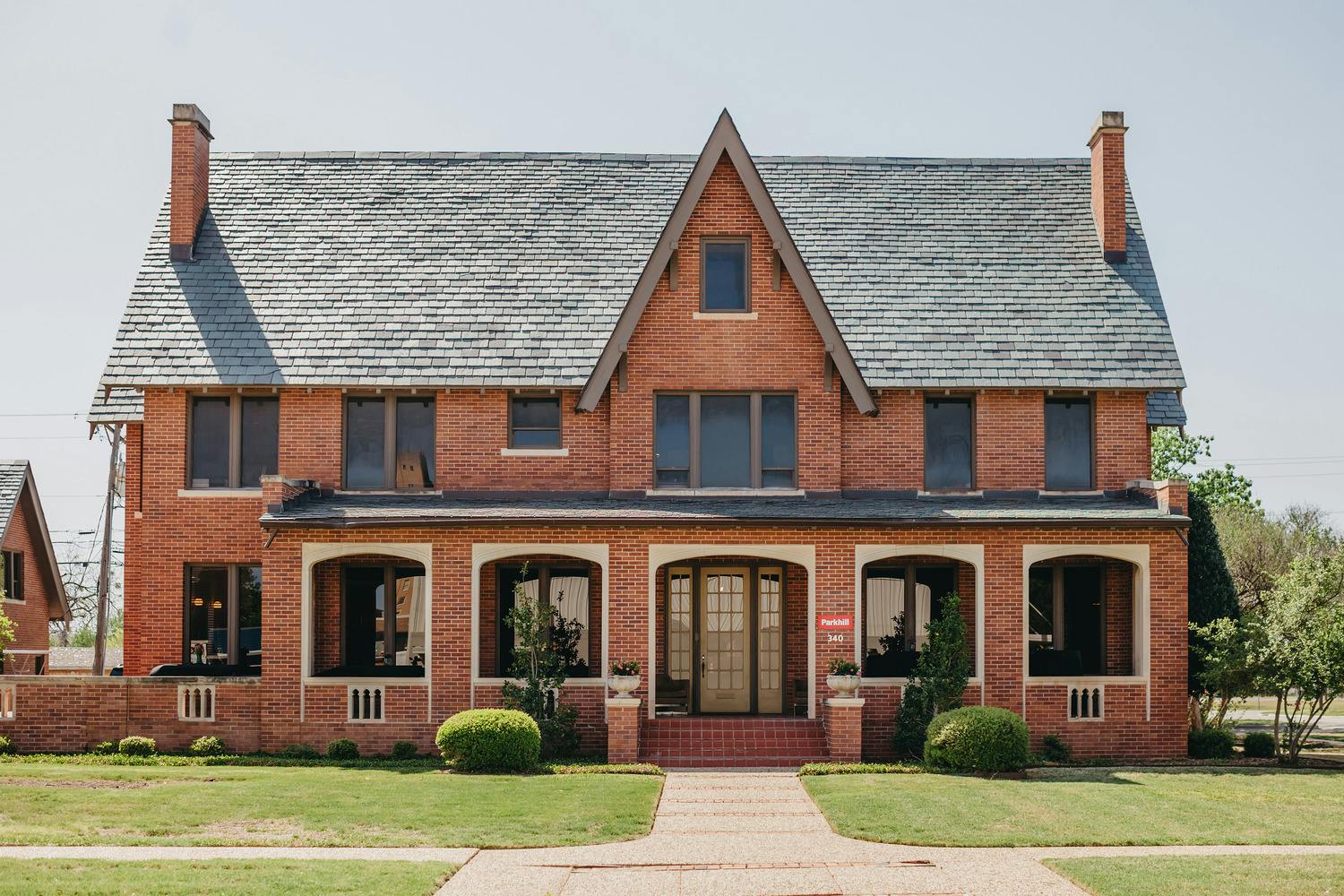Design for Mental Health
Written By: Chris Libby
Date: May 15, 2023

More than 50 million Americans experience a form of mental illness every year and 46% will suffer from a diagnosable mental health condition in any given year, according to Mental Health America. Stress is a major contributor to the decline of mental health and can lead to anxiety and depression or exacerbate these problems if they already exist.
There are little things we can do to reduce stress and anxiety in our daily lives. For example, more exposure to natural light can improve your mood and sleep quality. And, contrary to popular belief, cooler room temperatures—specifically 57 degrees—can actually make us happier. Just adding a plant to your workspace may increase your productivity by 15%. All of these interventions can enhance your overall well-being.
On a larger scale, the built environment can also have a direct impact on our emotional well-being, depending on the design. Through the parks we visit, the offices we work in, the schools our children attend, or the cities we live in, having design work for us will help us all live healthier, more comfortable lives.
Cities and neighborhoods that are more walkable are correlated with lower reports of chronic disease, such as high blood pressure and diabetes, as well as lower rates of anxiety and depression, according to research from the University of Maryland’s School of Public Health.
The interiors of hospitals and health clinics can be designed with color schemes, patterns, and furniture configurations to evoke calmer moods, reduce anxiety, and even spur natural healing. Grace Clinic, a multifunctional medical clinic located in Lubbock, Texas, features exam rooms filled with modern furnishings that exude warm, welcoming colors and utilizes natural light to facilitate a positive and calming environment.
According to research from the School of Integrative Plant Science College of Agriculture and Life Sciences at Cornell University, spending more time in the natural world has been associated with a reduction in stress, depression, and anxiety. This can lead to improved cognitive functions, such as recall, memory, learning ability, and concentration.
At Parkhill, people are at the center of everything we do. Our mission is to build communities that promote human flourishing, and that includes our emotional well-being. During Mental Health Awareness Month, our goal is to feature how the latest innovations in design can have a positive impact on mental health and can contribute to healthier and happier lives.
Read About Design and Mental Health Specific to Landscape Architecture in "Getting Back to Nature"


